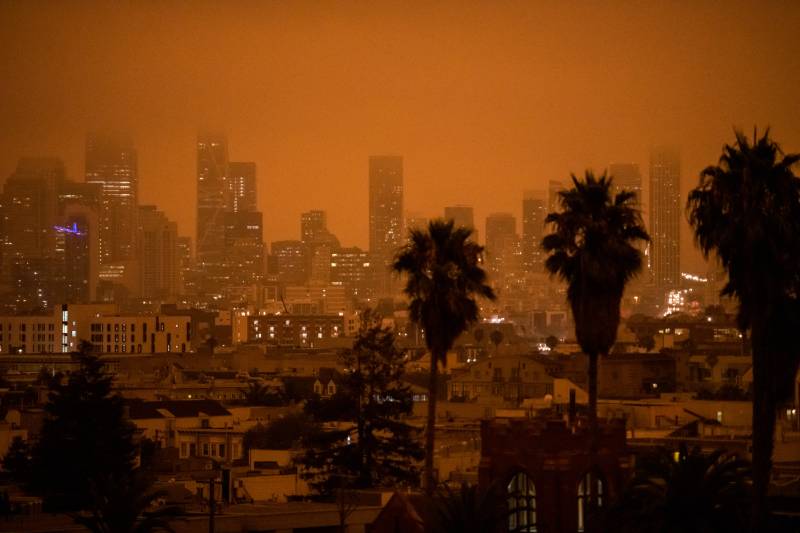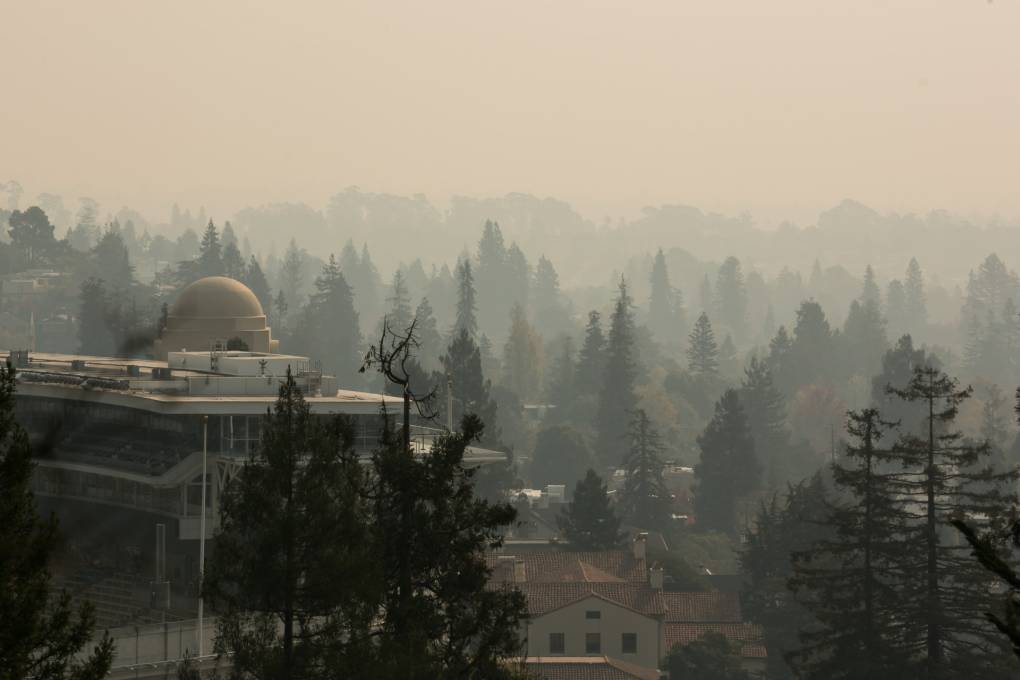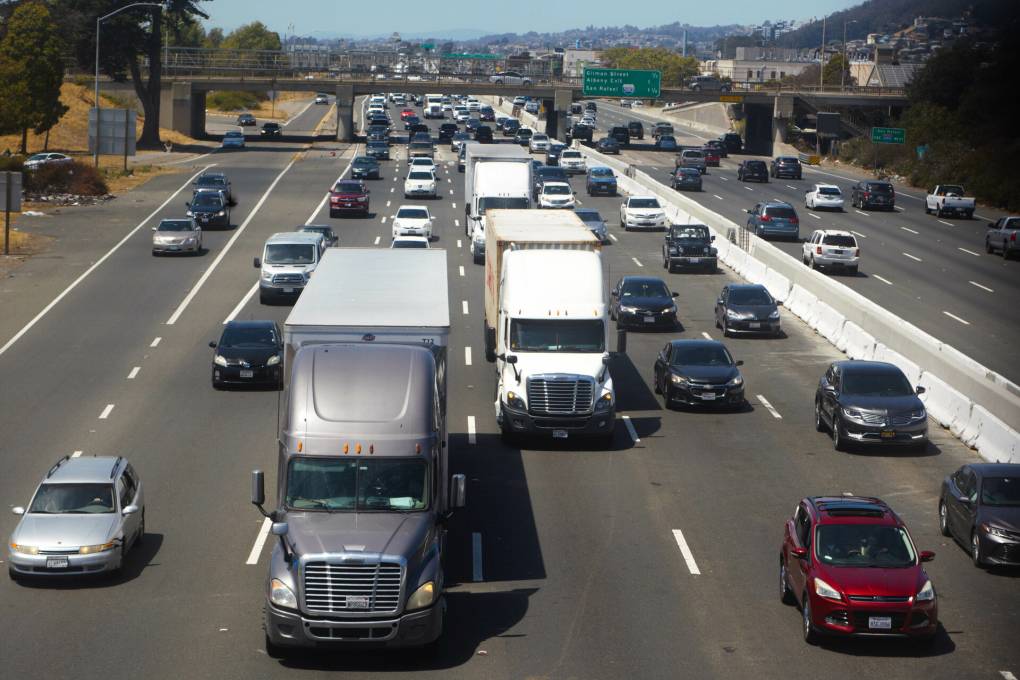Wildfire smoke is one of the fastest-growing sources of air pollution in the United States. Particulate pollution from fires drives health risks that are significant to pregnant people, children, outdoor workers, residents of leaky buildings and anyone with heart or lung ailments. Ozone produced by wildfires can cause irritation and inflammation of the lungs; even short-term exposure above certain levels raises the risk of premature death.
Yet, the 1970 Clean Air Act gives regulators little ability to take actions that could limit wildfire smoke. That’s because the landmark law focused on soot spewing from smokestacks and tailpipes. Policymakers viewed human-made pollution as the primary threat to public health, said University of Colorado at Boulder geographer Katie Clifford. “Ultimately the thinking about pollution was not about natural risks,” she said.
In contrast, the EPA, which enforces the Clean Air Act, has treated some wildfires, dust storms and volcanic eruptions as naturally occurring outliers.
“If pollution is created by people and it’s controllable, that’s what we want to manage,” said the EPA’s Meredith Bauer. “It’s everything that’s outside of that that we would call an exceptional event.”
The exceptional events rule, added to the Clean Air Act in 2005, has enabled regulators to ignore pollution data from some events when deciding whether a particular region must do more to improve its air quality. The closer that regions come to meeting federal air quality standards, the fewer restrictions local businesses and other polluters face. Forgiving wildfire pollution helps them meet those standards — and it has been happening more frequently over the last decade, according to the new GAO analysis, which named California, Colorado, Rhode Island and Texas as places that have sought to have wildfire pollution data excused.
Michael Wara, a Stanford Law School professor who directs the Climate and Energy Policy Program at the Stanford Woods Institute for the Environment, says the GAO’s findings are concerning.
“The whole point of the Clean Air Act is to protect people,” he said. “If a part of the law that was seldom used becomes frequently used, then the entire purposes of the act are being undermined.”
The GAO report makes it clear that the exceptional events rule is one of the few tools the EPA has to respond to the problem.
“There’s very little legal or regulatory language defining EPA’s role in smoke management other than our exceptional events program,” said Anna Mebust, an atmospheric scientist at the Environmental Protection Agency who works on exceptional events.
Wildfire smoke is “not something that the law was written to handle,” added Wara.
Hundreds of hours, hundreds of thousands of dollars
The GAO’s investigation also found that proving an exceptional event is burdensome. The EPA told the watchdog that “providing guidance for and reviewing the analyses demand a significant resource investment” for its regional offices. Local regulators described the process as overly cumbersome and convoluted.
“It is literally hundreds of hours of work” to prove that smoke pollution is an exceptional event, said Mark Loutzenhiser, who manages monitoring, programs and rules for the Sacramento Metropolitan Air Quality Management District.
Exceptional event demonstrations can run to hundreds of pages, just to write off smoke pollution for a day or two. Successful arguments help local communities avoid having to enforce stricter pollution controls.
“You have to show where the wildfire is. Was the wind actually blowing it there? Do you have satellite proof?” Loutzenhiser said. The EPA “look[s] at all of the pollutants. They look at all the weather conditions and they check to see, what do we think the pollution should have been, versus what did we actually measure? And you have to do this for every day of these exceptional events.”



